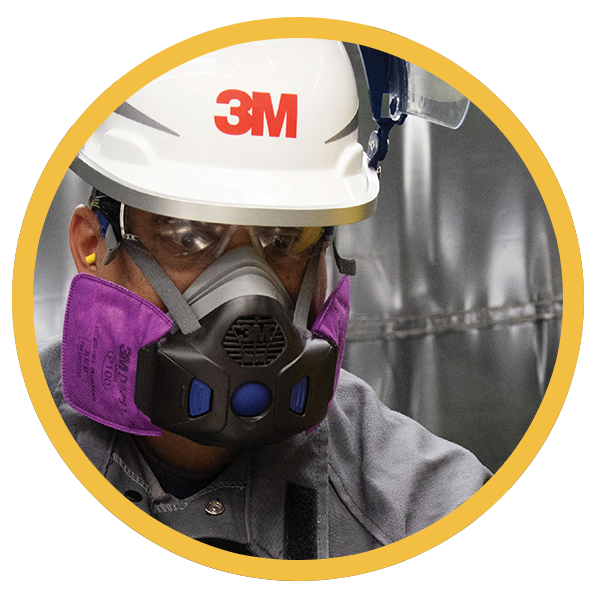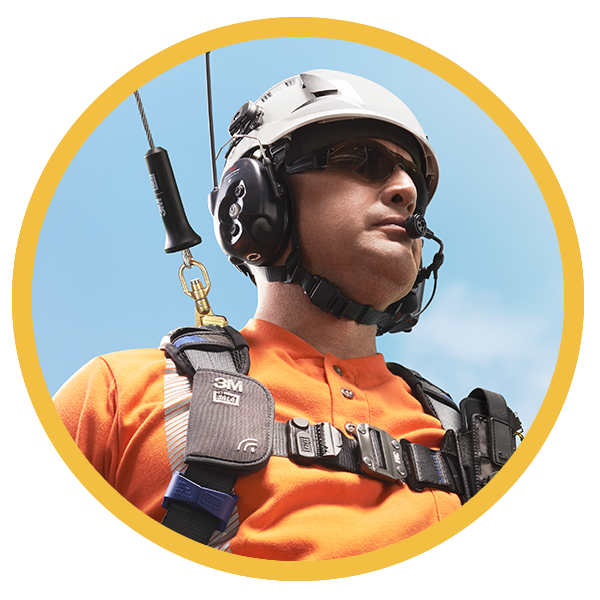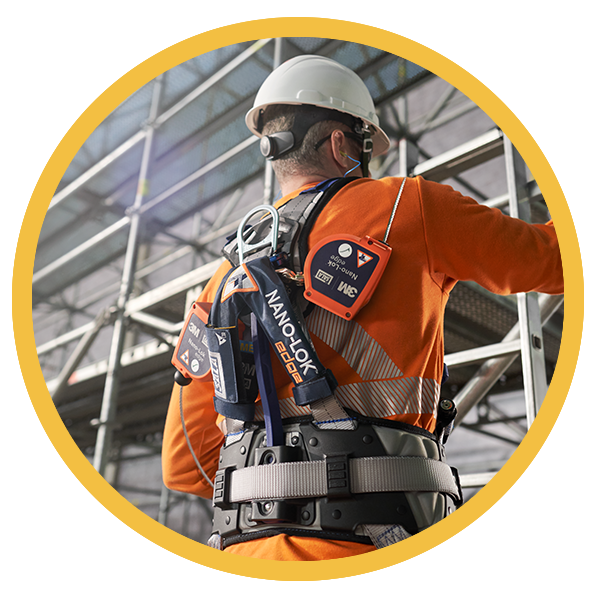Personal protective equipment (PPE) is a vital aspect of modern industry and construction, as it provides a crucial line of defense against potential hazards. The right PPE can protect us from a range of dangers, from airborne particles and debris that can harm our vision, to loud noises that can damage our hearing and even fall protection to keep us secure at heights. Fitting PPE is not just about compliance; it’s about safeguarding our well-being, and we must understand the science behind proper fit.
Fitting PPE is not a one-size-fits-all endeavor. Achieving the correct fit requires an understanding of individual variations in anatomy, as well as the technical specifications of the equipment. For instance, a respirator needs to create an effective seal around the wearer’s face to prevent the inhalation of harmful particles. Proper fitting of PPE involves selecting the right size, ensuring proper strap tension, and even checking for facial hair that could compromise the fit. Ill-fitting safety glasses can slip, allowing debris to enter the eyes, rendering them ineffective. Therefore, the right fit is equally crucial for eyewear protection.
When exploring eye protection, it is essential to consider the benefits of 3M™ Pressure Diffusion Technology for improved comfort and fit, as well as whether the products you are choosing are designed to meet different facial structures. It is also essential to note that approximately 2,000 U.S. workers sustain a work-related eye injury that requires medical treatment every day. Of these injuries, one in ten results in lost workdays, which can lead to a decline in productivity and affect the worker’s overall well-being.

















